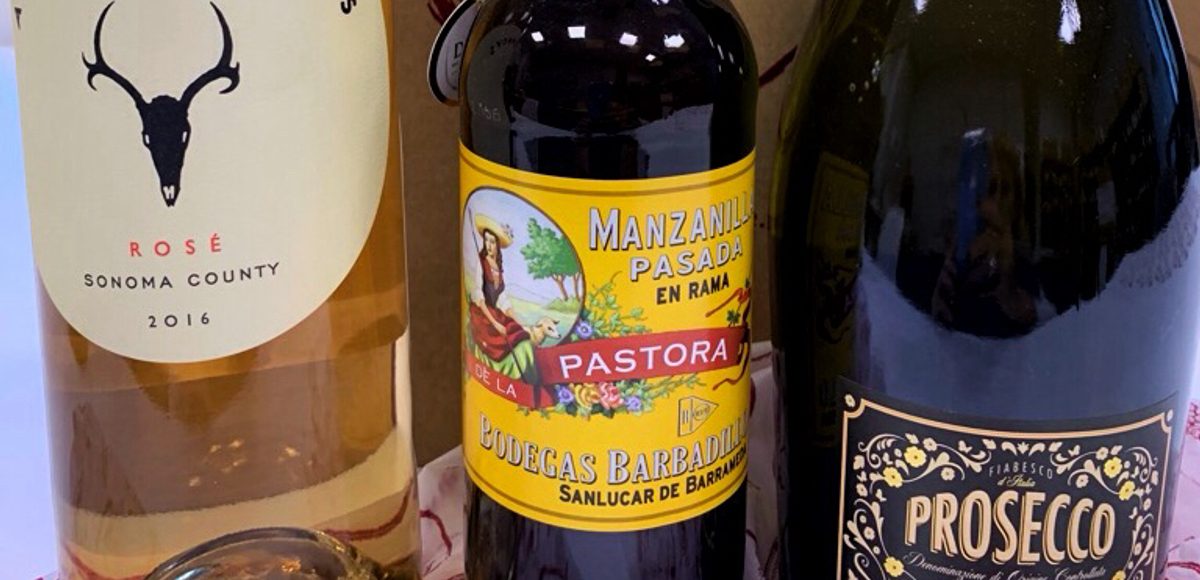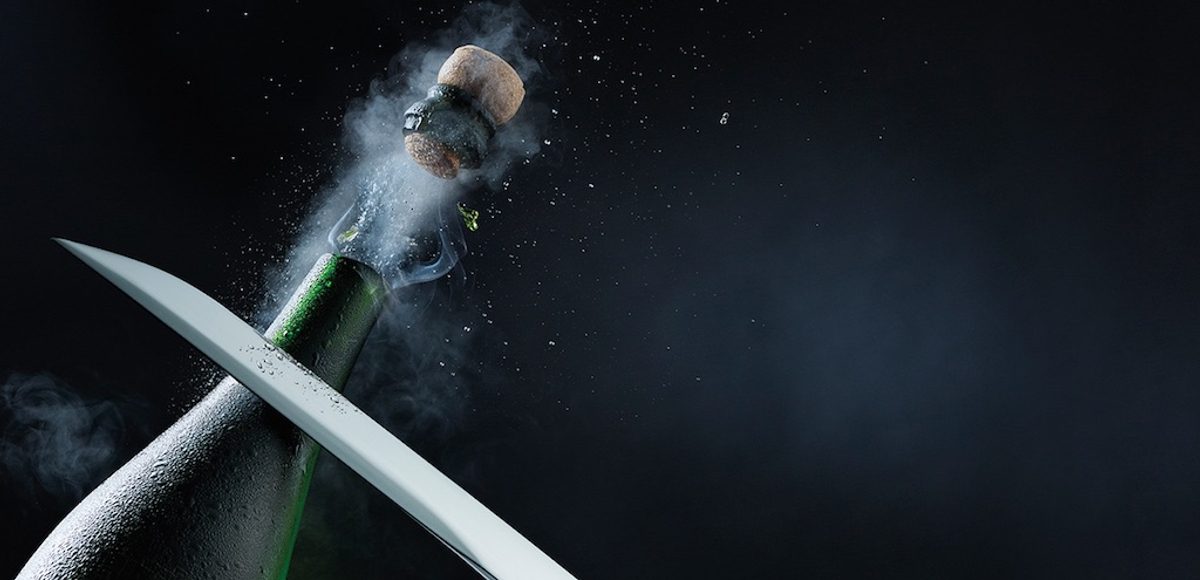Sparkling wine is a normal wine with the bubbles, that occur naturally during fermentation trapped inside. To make wine you need sugar, from the ripe grapes and yeast. During the fermentation process the sugar is converted to alcohol and carbon dioxide. There are various ways of trapping the gas in the wine.
If you pick up a bottle of Cava or Champagne, on the label you will see the term ‘traditional method’ or ‘metodo tradicional’. This is a process where the base wine is made like most white wines. The magic happens when these wines are bottled and injected with a sugar and yeast solution that causes a second fermentation to take place slowly, over a period of months, inside the bottle. The CO2 is trapped inside and absorbed into the wine.
Cava and Champagne are made in the same way but with different grape varieties. Champagne can only be made with Pinot Noir, Chardonnay and Pinot Meunier, grown in vineyards in the Champagne region of northern France.
Whereas Cava is made using the grape varieties Parelleda, Xarel·lo, Macabeo and Chardonnay, grown in designated areas mainly in Penedes and Requena.
The style of Champagne and Cava is indicated on the label. The terms ‘Brut’ or ‘Extra Brut’ or Brut Nature, the latter term is used for Cava. The first term means the wine will be off dry while the ‘Extra Brut’ and ‘Brut Nature’ means totally dry with no added sweetness.
Have you every noticed that bottles used for sparkling wine are much thicker and heavier than normal wine bottles? This is to withstand the pressure of the gas trapped inside.
You can find top quality sparkling wines made using the ‘traditional method’ in other countries notably New Zealand, Australia, USA, South Africa and England.
The other way to make sparkling wine is by using the ‘tank method’. Here the second fermentation takes place in large, pressurised stainless steel tanks that prevent the gas from escaping. The resulting sparkling wine is then bottled.
Prosecco and Asti Spumante, very popular sparkling wines from northern Italy, as well as Sekt from Germany are made using this method.
Sparkling wines made in this way do not have the same complexity and rich mousse of bubbles as a well made Cava or Champagne. However, they are lighter and fruitier in style and very easy to drink.
Observing people opening a bottle of sparkling wine quite often fills me with terror.
The proper way is to firstly remove the foil capsule and loosen the wire but do not remove it. At all times you should keep your thumb securely on top of the cork. Then tilt the bottle slightly and while one hand is firmly gripping the cork, with the other hand gently turn the bottle – not the cork – and ease the cork out of the bottle. The gas should be released with a ‘ffutt’ not a pop.
Sparkling wines combine well with a wide range of foods and can be enjoyed at any time or place not just for celebrations.










